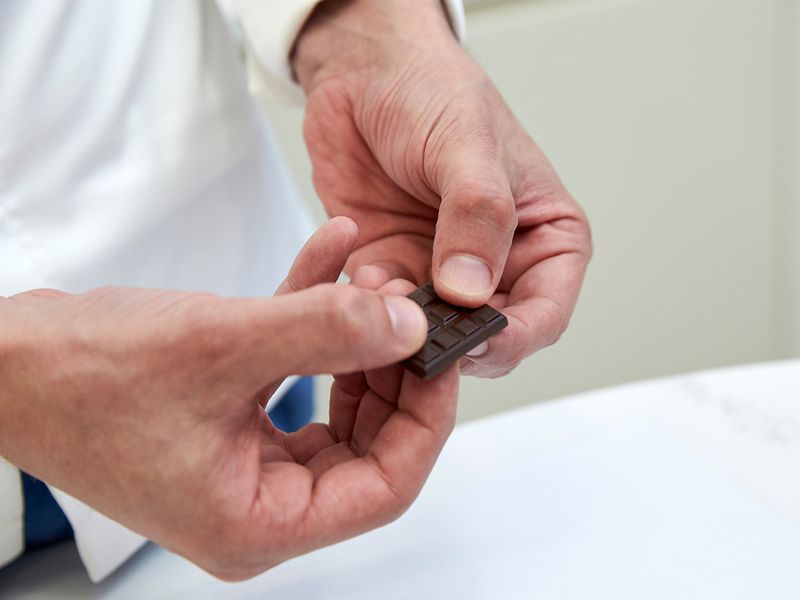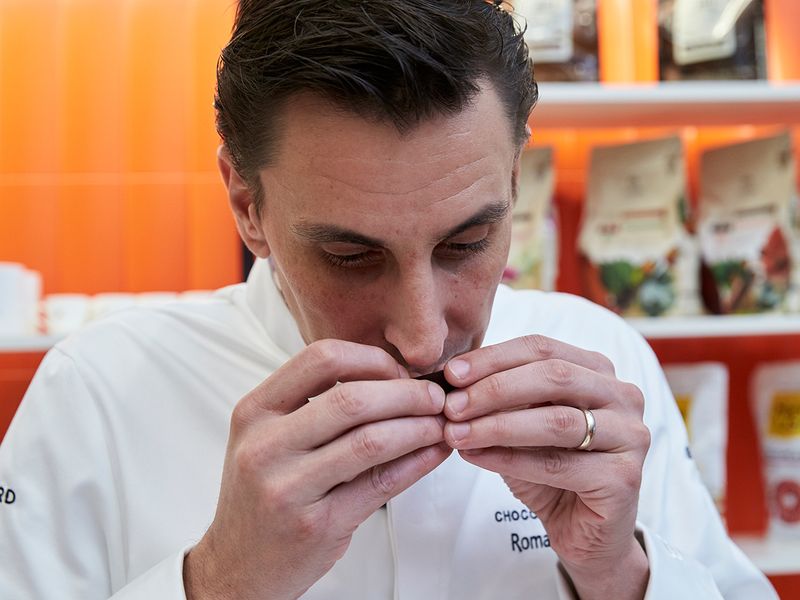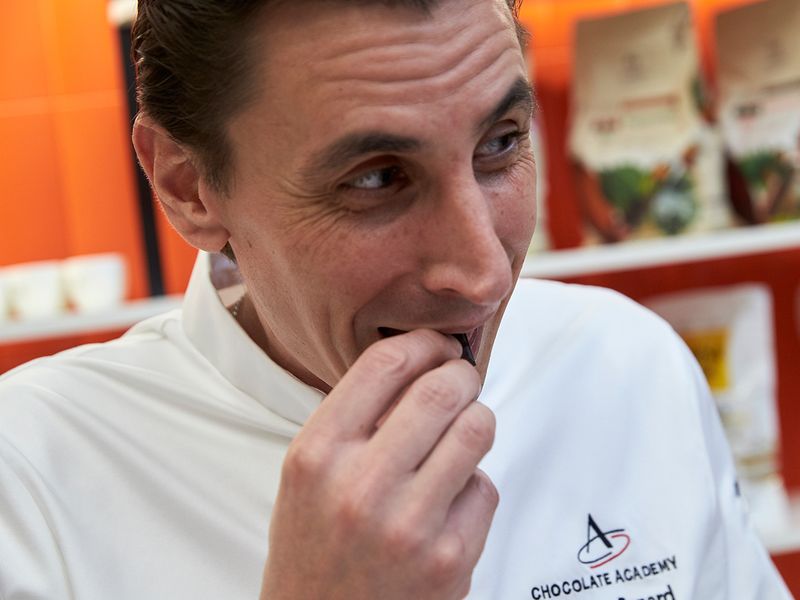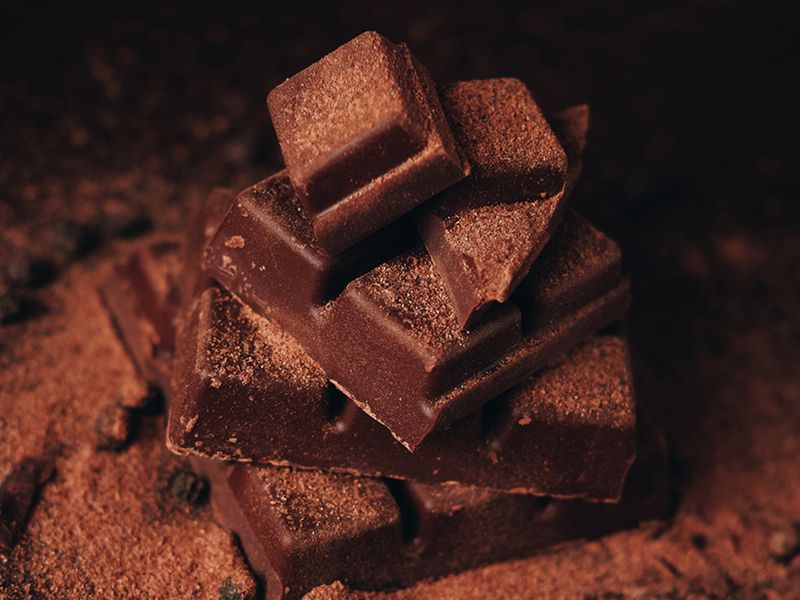LOVE CHOCOLATE BUT ARE YOU EATING IT RIGHT? 5 RULES TO FOLLOW WHILE INDULGING IN IT

Let me tell you a story that began 4,000 years ago. A story that began when humankind first discovered chocolate or ‘xocolatl’, as they called it then, in the rainforests of Central and South America, or what can be easily termed as present-day Mexico.
A food of the deities – the masses called it at first – which later turned into a token for the elite to consume. However, before this rich elixir reached the hands of man, it all started with a tree. A frail tree that found life amongst the other deeply rooted trees in Mexico, thousands of years before the Spanish conquest of the Aztec Empire, a war that resulted in the Spanish colonisation of the Americas.
However, the European colonisers had not seen this kind of tree before, leading to its title as a ‘discovery’. Soon after this, the natives of Mexico had to adapt to the ways of their conquerors, which meant the renaming and reinterpretation of their home-grown staples, among which lay the cacao tree. This is how chocolate was born. DID YOU KNOW? According to science.org, chocolate was used as a currency and was a form of money at the height of Mayan opulence—and that the loss of this delicacy may have played a role in the downfall of the famed civilisation.
Over millennia, chocolate has then transformed into more than just a representation of the elite and has found favour among most today. The caveat – there’s good chocolate and there’s bad chocolate.
Good versus bad chocolate
Maybe you don’t know the quality of chocolate when it is manufactured. However, you can still check for quality once it’s ready to eat. Chef Romain Renard, Head of Chocolate Academy in Dubai walked Food by Gulf News through the rules of chocolate consumption.
Good chocolate activates all five of your senses – sight, smell, touch, taste and hearing – each of which has a distinct role to play. The next time, keep an eye out for these factors and you will be good to go.
The sight test

“Always place your chocolate on a plain, white sheet [of paper or tissue] before eating it,” explained Renard. When you place it on a sheet, you should be able to see the rich colour your chocolate holds before eating it. This is the initial assessment and high-quality chocolate often has a deep, rich colour – whether it is milk, dark or white.
The touch test

Once you’ve taken a good look at your chocolate, the next step is to touch it. If your chocolate melts when you hold it, chances are the quality of your chocolate isn’t as good as you think – so chocolate-coated sticky fingers are a bad sign. High-quality chocolate doesn’t melt and stays the same no matter how much you touch it. You can also bend it a little to check the quality – if it breaks on a slight bend, the quality of the chocolate has apparently been compromised. You should always end up with a silky feel rather than a sticky one.
The sniff test

It’s time to smell. For this, cup your hands and place the chocolate between your palms. Next, bring it closer to your nose to smell the chocolate. High quality chocolate should smell strongly of, well… chocolate. Other aromas, such as a frozen or a spicy scent could indicate improper storage, especially because chocolate soaks up many external aromas when left with other items.
The hearing test

Chocolate should always be broken before consumed – a clean, crisp and neat cut will tell you more about the chocolate you are eating. Moreover, it’s best advised that you listen for quality before eating it. Bring a piece of chocolate near your ear, and break it. A loud and clean snap should help you identify good from bad chocolate.
The taste test

Yes, it’s finally time to eat your chocolate. However, be warned, because you shouldn’t bite into it just yet. Good chocolate should melt in your mouth, immediately after it touches your tongue. The flavour of your chocolate, on the other hand, is determined by the quality of cocoa beans, the manufacturing process and even the skill of the manufacturer.
So how do you differentiate between high quality chocolate and regular chocolate? The former should give a smooth and velvety feel in your mouth. If you end up with a gritty or waxy texture, it often indicates that your chocolate is of a lower quality.

The taste of good quality chocolate also doesn’t leave your palate as quickly as you consume it. Instead, it should linger in your mouth for a few minutes after consumption. “Good quality chocolate has a high proportion of cocoa constituents with little or no substitutes. In the chocolate world, there are a few things we recommend looking out for. For example, chocolate with more than 50 per cent cocoa solids will have little real chocolate taste and those with more than 70 per cent will have a much more complex and fine chocolate taste.

Secondly, the cocoa butter content. Chocolate makers tend to substitute vegetable oil in place of cocoa butter to reduce costs. Chocolate with higher cocoa butter tends to taste richer and fuller. Last but not the least, texture matters. Smooth chocolate is created after hours of conching. So, the smoother the chocolate, the more time and effort has gone into producing it
– Chef Romain Renard, Head of Chocolate Academy in Dubai
“Secondly, the cocoa butter content. Chocolate makers tend to substitute vegetable oil in place of cocoa butter to reduce costs. Chocolate with higher cocoa butter tends to taste richer and fuller. Last but not the least, texture matters. Smooth chocolate is created after hours of conching. So, the smoother the chocolate, the more time and effort has gone into producing it,” said Renard.WHAT IS CONCHING AND TEMPERING IN CHOCOLATE?The process of manufacturing chocolate is called conching. It involves a large tank that stirs the blended cocoa beans over several hours so that any traces of water and acidity can evaporate. This is a crucial step in chocolate making as the characteristic taste; smell and texture develop during the conching process.
Tempering is what happens after conching. After conching, chocolate is in a semi-liquid state. Through the tempering process, we convert this semi-liquid chocolate into a solid bar by optimising the formation of the required cocoa butter crystals, which gives the final product good thermal resistance, a shiny appearance, while keeping the aroma intact.
However, there is a big margin of difference when it comes to real and compound chocolate, Renard said: “Just like ‘real’ chocolate, the main ingredient in compound chocolate is derived from the cacao bean. The main difference is in the level of cocoa butter used. Compound chocolate is often made using vegetable fats, such as coconut oil, soy, or palm kernel oil, instead of cocoa butter.” This would definitely affect the whole process of identifying the quality of chocolate.
The next time you are out shopping for chocolate, keep these rules in mind and you’ll have an experience like no other. What is more? This could be the first step to becoming an expert in chocolate, after all.
Source: gulfnews.com









More Stories
COTE D’IVOIRE WANTS TO CAPTURE GREATER SHARE OF COCOA VALUE CHAIN
INTERNATIONAL CHOCOLATE PRODUCERS SHOWCASE SOCIAL AND ECONOMIC SUSTAINABILITY
GHANA-BASED NICHE COCOA TO OPEN FIRST NORTH AMERICAN LOCATION IN FRANKLIN